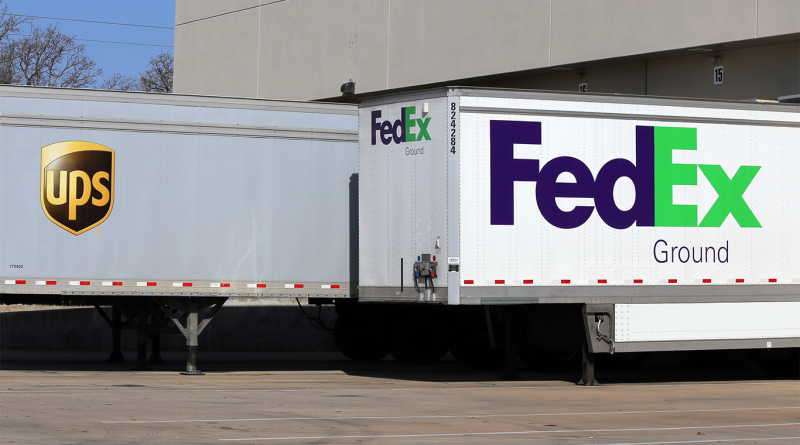Surcharges From FedEx and UPS Open Doors for Competitors Amidst Pricing Changes
As competition intensifies in the logistics industry, FedEx and UPS are offering discounts while increasing surcharges, creating challenges for shippers. These surcharges, including fuel and urban delivery costs, are eroding potential savings. While discounts help maintain shipment volumes amid weak demand, surcharges introduced outside regular rate increases complicate budgeting. This has opened opportunities for competitors to offer more predictable pricing, attracting frustrated shippers away from FedEx and UPS.
Fuel surcharges are one of the key factors behind the rising fees from FedEx and UPS, with both companies increasing their rates in 2024. These charges cover variable costs related to ground and air deliveries. Urban delivery surcharges have also become more significant, targeting high-density cities with increased complexity and traffic, such as Chicago and San Francisco. Additionally, peak season surcharges have risen, with FedEx’s holiday ground economy surcharges jumping significantly. These hikes reflect the need for both carriers to offset higher operational costs.
Despite the steep surcharges, FedEx and UPS argue that they are essential for sustaining profitability, especially in international markets. Their pricing model hinges on balancing these increases with attractive shipping discounts.
The impact of surcharges on shippers’ budgets and logistics planning
These surcharges affect logistics budgets significantly, often catching businesses off guard. Many companies carefully plan annual transportation budgets, but mid-year surcharges, like the urban delivery fees added in 2024, disrupt this process. A notable case involved a Fortune 100 company that experienced unexpected cost increases after UPS implemented new surcharges in several urban areas.
Shipware reports that surcharges now account for 35-40% of total parcel spend for many clients, up from 25% previously. The unpredictability of these fees forces businesses to constantly reassess their shipping strategies to minimize rising costs.
How competitors are capitalizing on FedEx and UPS fee hikes
With FedEx and UPS relying heavily on surcharges, competitors are stepping in with more attractive alternatives. Regional and smaller parcel carriers offer flat-rate pricing structures or more predictable fees, appealing to businesses seeking stability. These competitors are particularly focused on providing cost-effective urban delivery and last-mile services, areas where major carriers impose higher fees.
Smaller carriers are also gaining an edge through pricing transparency. While FedEx and UPS use complex surcharge formulas, alternative carriers are offering simpler pricing, allowing businesses to better anticipate costs. This transparency is particularly valuable for small and medium-sized enterprises with tight logistics budgets.
Strategies for shippers to mitigate rising parcel costs
To mitigate rising costs, many shippers are negotiating better contract terms with FedEx and UPS. By analyzing shipping volumes and specific needs, businesses can secure discounts that offset surcharges. Multi-carrier strategies are also becoming more common. By diversifying shipping partners, businesses can spread risk and take advantage of competitive pricing from regional carriers. This strategy is particularly effective for urban deliveries or high-volume shipments.
Technology is playing a key role in cost mitigation. Advanced data analytics tools help businesses track shipping patterns and identify opportunities to reduce costs. By monitoring surcharge percentages, companies can optimize routes, consolidate shipments, or adjust fulfillment strategies to avoid high-cost areas.
Surcharges are likely to remain a critical part of FedEx and UPS pricing models as they face rising operational costs and slower market growth. Competitors, especially regional and niche carriers, are well-positioned to capture market share by offering transparent, predictable pricing. Shippers that adopt multi-carrier strategies and leverage data-driven solutions will be better equipped to manage increasing costs while maintaining control over logistics budgets.
Sources:
